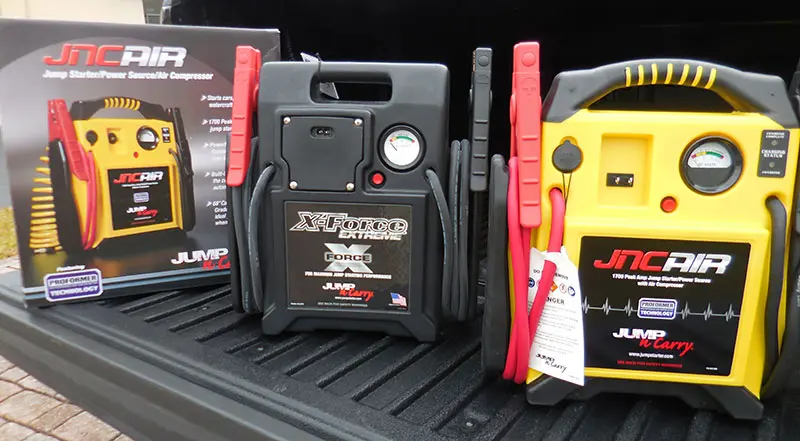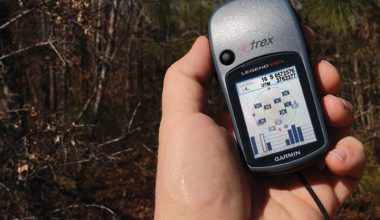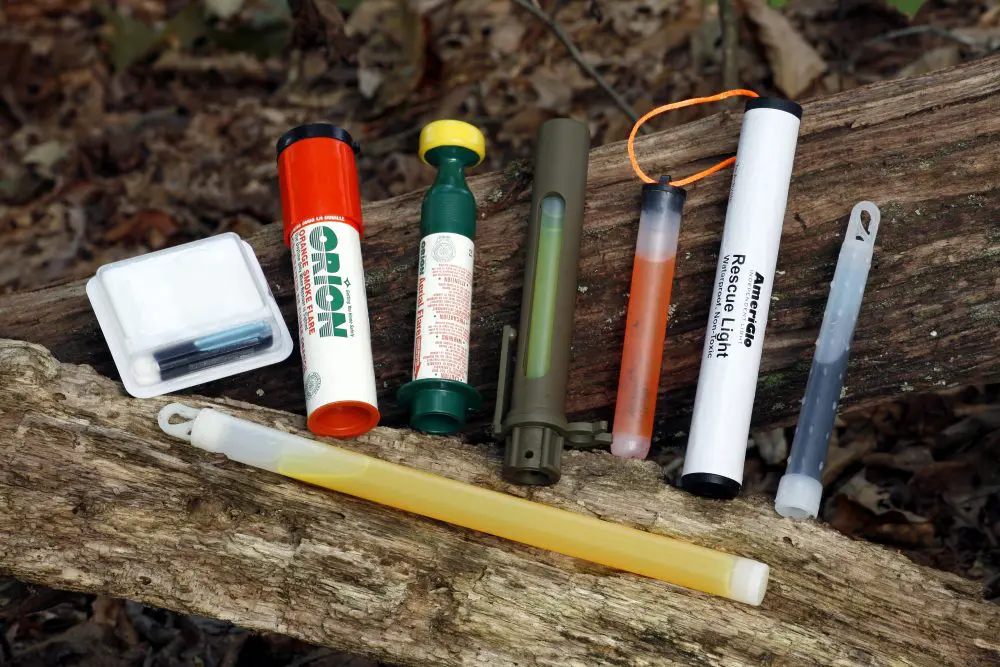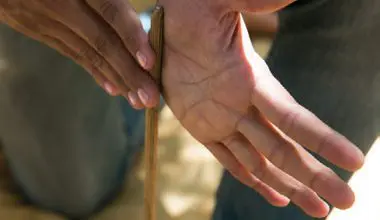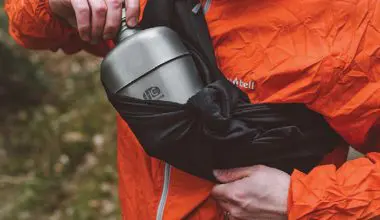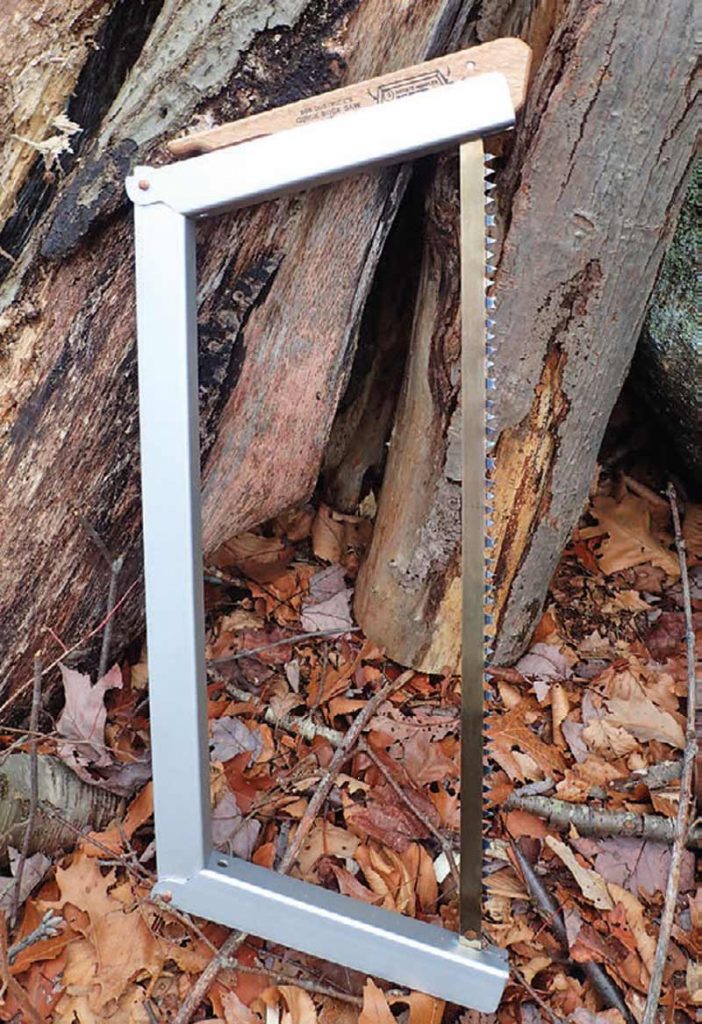
HOW is a saw a survival tool? Most of us associate a saw with yard work or maybe some old replica we’ve seen hanging on the wall of a country- or mountain-themed restaurant.
But these days, carrying a large saw into the outdoors is easier than it has ever been. In the world of outdoors and survival tools, it seems like big knives and machetes have had their day, as well as axes. They continue to hold their place as “must have” survival tools, but there is another option.
The Bob Dustrude Quick Buck Saw is entirely made in the USA of high-tensile extruded aluminum and hardwood for a lifetime of heavy use. This is no ordinary buck saw.
The 21-inch model is light at about 15 ounces, yet hard use and bush ready. It has a very comfortable rounded wood handle, only two assembly parts, no wing nuts or bolts to lose, and can be assembled with one hand, if need be. Keeping things practical, the Bob Dustrude Quick Buck Saw accepts any standard 21-inch bow saw blade. These are only some of the features that make Bob’s saw one of the best saws available today.
Table of Contents
THE BUCK SAW
In an outdoors setting, the buck saw is not nearly as versatile as an axe or chopping tool. It will never split wood, shave feather sticks for a fire, pound stakes in the ground, or chop through ice in the winter.
But the buck saw is safer and easier to master than most chopping tools. When working on projects or wood processing for a fire after dark, chopping tools are very dangerous. I try to stick to this rule myself and emphasize to students: once the sun goes down, all chopping tools should be put away. But the saw is easier to use safely, even for a blind person.
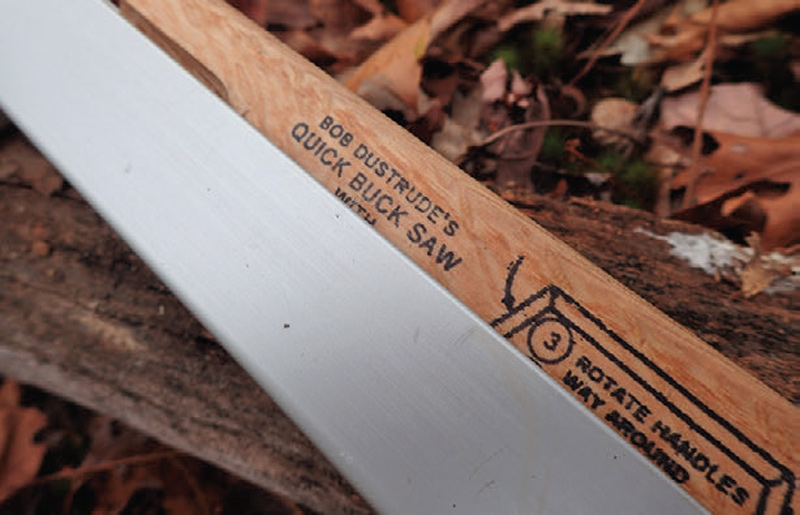
There are no minor injuries from a bad swing with axes, hatchets, big chopping knives, tomahawks, or machetes once they make contact with a body part. Using any chopping tools requires weeks to months of constantuse attention to safety to become proficient. Yet a saw can be used safely and efficiently in a matter of hours.
In general, buck saws are good for efficiently cutting things down to a specific size. In a survival scenario, grab dry wood and throw it in a pile. You don’t need perfectly straight-cut ends. But most of us are not out there surviving with a buck saw. We’re usually just camping or working on a project.
A buck saw is excellent for cutting firewood to the size needed for woodburning camp stoves. When you have a lot of work to do bucking up logs, especially in winter, nothing beats a large buck saw!
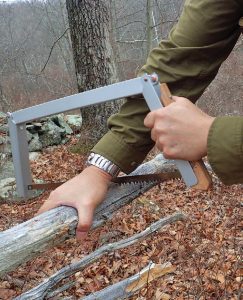
USING A BUCK SAW
When using a saw, a lot of tension is put on the tool, the wood and the body. A saw frame should be heavy duty enough to keep the saw blade straight under a significant amount of tension. Many believe it is rare to find a collapsible saw that meets this criteria. Using the Bob Dustrude saw, you can feel confident it’s the right tool for the job.
When cutting with a buck saw, reach inside the bow section and grasp the wood being cut. This supports the wood and is an added measure of safety should the saw skip and land on top of the hand and fingers. Once the saw blade is visually inside the wood, it is safe to put the support hand back in a more natural place and continue cutting.
The length of any saw blade is an indicator of how fast it will cut. A longer blade has a longer stroke and will cut through wood faster. The saw I tried out was the 21-inch blade version; naturally the 30-inch blade would cut faster. Use the weight of the saw first and gradually put downward force with the wrist of the hand holding the saw.
Bushcraft/survival instructor Mors Kochanski wrote a great book called Bushcraft: Outdoor Skills and Wilderness Survival, with a very in-depth section on saw craft. He stated, “Fast cutting is a judicious combination of the speed with which the saw moves back and forth and the downward force on the blade. If too much force is used, you will tire quickly. A full-length stroke is worth three short ones that take twice the effort.”
BIG SAW, SMALL AXE
Using a larger saw in conjunction with a smaller axe, hatchet or tomahawk is very practical. Larger diameter hardwood is easier to cut to size with a saw than an axe. Not only is it faster and safer, but it also makes less noise. The quieter we are in the forest, the more wildlife we may see and the less attention we call to ourselves.
I like the seclusion of the woods, especially on a solo trip. I’d rather not have people meddling around my camp looking for the giant woodpecker making those chopping sounds. For someone in an escape-and-evasion scenario, silence is the difference between life and death. However, most of us are just out camping, not hiding from ninjas.
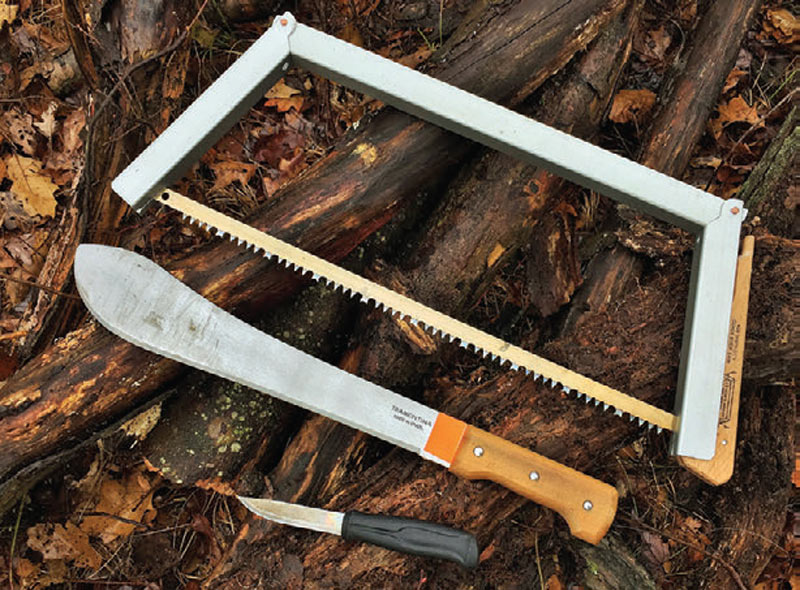
I camp with a friend who first turned me on to the Bob Dustrude Quick Buck Saw. He uses it as part of his “woods trio of tools” with a small sheath knife and lightweight chopper (usually a tomahawk or machete). I saw how these three work for him and the benefits of having a tool that can cut large-diameter wood with less effort, and then using a smaller chopper to split and craft.
The buck saw and axe/hatchet are complementary. But the saw has some great attributes that the axe does not. The saw can reach into dense brush and cut effectively, while an axe needs room to swing. Although it is not advisable to do so, a buck saw can cut above the head, whereas cutting above the head with any chopping tool should never be done!
SUMMARY
The Bob Dustrude Quick Buck Saw is perfect for canoeing, camping, horse packing, trail maintenance, backpacking, permanent camps, and any wilderness travel. Handmade in the USA, the Quick Buck Saw is the most efficient portable buck saw on the market. Prices range from $54 to $58 depending on length.
